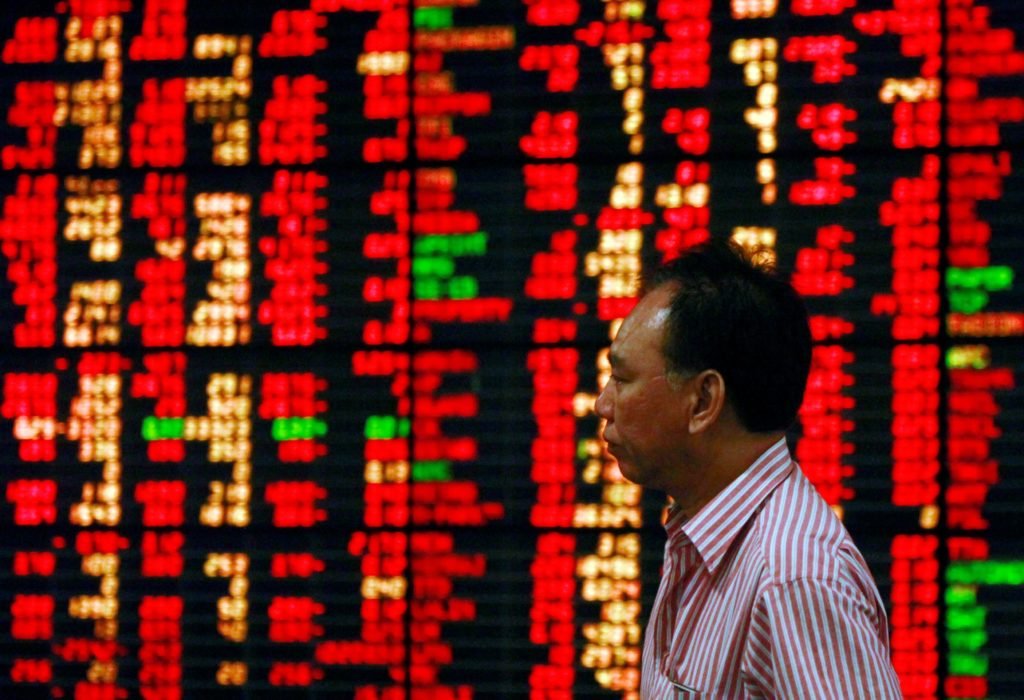Here is what you need to know on Monday, August 18:
Major currency pairs fluctuate near the previous week’s closing levels as market participants await Ukrainian President Volodymyr Zelenskyy’s meeting with United States (US) President Donald Trump later in the day. The economic calendar will not offer any high-tier data releases on Monday.
US Dollar PRICE Today
The table below shows the percentage change of US Dollar (USD) against listed major currencies today. US Dollar was the strongest against the Euro.
| USD | EUR | GBP | JPY | CAD | AUD | NZD | CHF | |
|---|---|---|---|---|---|---|---|---|
| USD | 0.13% | 0.05% | 0.01% | -0.11% | -0.07% | -0.21% | 0.04% | |
| EUR | -0.13% | -0.09% | -0.14% | -0.24% | -0.19% | -0.37% | -0.10% | |
| GBP | -0.05% | 0.09% | -0.12% | -0.15% | -0.12% | -0.29% | -0.06% | |
| JPY | -0.01% | 0.14% | 0.12% | -0.11% | -0.07% | -0.20% | 0.02% | |
| CAD | 0.11% | 0.24% | 0.15% | 0.11% | 0.00% | -0.10% | 0.10% | |
| AUD | 0.07% | 0.19% | 0.12% | 0.07% | -0.01% | -0.17% | 0.09% | |
| NZD | 0.21% | 0.37% | 0.29% | 0.20% | 0.10% | 0.17% | 0.21% | |
| CHF | -0.04% | 0.10% | 0.06% | -0.02% | -0.10% | -0.09% | -0.21% |
The heat map shows percentage changes of major currencies against each other. The base currency is picked from the left column, while the quote currency is picked from the top row. For example, if you pick the US Dollar from the left column and move along the horizontal line to the Japanese Yen, the percentage change displayed in the box will represent USD (base)/JPY (quote).
Following Trump’s meeting with Russian President Vladimir Putin on Friday, US special envoy Steve Witkoff said on Sunday that the sides agreed that the US will offer security guarantees to Ukraine. According to Witkoff, the deal did not enable Ukraine to achieve its goal of NATO membership, with Putin objecting to NATO admission. According to CNN, Trump’s message to Zelenskyy will highlight that Ukraine must agree to some of Russia’s conditions, including that Ukraine cede Crimea and agree never to join NATO for the war to end. Markets adopt a cautious stance early Monday, with US stock index futures losing about 0.1%. Meanwhile, the US Dollar (USD) Index holds its ground and moves sideways slightly below 98.00 after ending the previous week in negative territory.
EUR/USD stays quiet at around 1.1700 in the European session on Monday after posting modest gains last week. Eurostat will publish Trade Balance data for June later in the session.
AUD/USD trades marginally higher on the day above 0.6500 in the European morning. In the early Asian session on Tuesday, Westpac Consumer Confidence data for August will be watched closely by market participants.
USD/CAD holds steady near 1.3800 to being the new week. On Tuesday, Statistics Canada will publish Consumer Price Index (CPI) data for July.
GBP/USD seems to have entered a consolidation phase at around 1.3550 after posting gains for two consecutive weeks. Later in the week, investors will pay close attention to the July inflation report from the UK.
USD/JPY moves sideways slightly above 147.00 early Monday after losing about 0.4% in the previous week.
Gold stages a correction and trades above $3,350 in the European morning. XAU/USD lost nearly 2% last week and snapped a two-week winning streak.
Risk sentiment FAQs
In the world of financial jargon the two widely used terms “risk-on” and “risk off” refer to the level of risk that investors are willing to stomach during the period referenced. In a “risk-on” market, investors are optimistic about the future and more willing to buy risky assets. In a “risk-off” market investors start to ‘play it safe’ because they are worried about the future, and therefore buy less risky assets that are more certain of bringing a return, even if it is relatively modest.
Typically, during periods of “risk-on”, stock markets will rise, most commodities – except Gold – will also gain in value, since they benefit from a positive growth outlook. The currencies of nations that are heavy commodity exporters strengthen because of increased demand, and Cryptocurrencies rise. In a “risk-off” market, Bonds go up – especially major government Bonds – Gold shines, and safe-haven currencies such as the Japanese Yen, Swiss Franc and US Dollar all benefit.
The Australian Dollar (AUD), the Canadian Dollar (CAD), the New Zealand Dollar (NZD) and minor FX like the Ruble (RUB) and the South African Rand (ZAR), all tend to rise in markets that are “risk-on”. This is because the economies of these currencies are heavily reliant on commodity exports for growth, and commodities tend to rise in price during risk-on periods. This is because investors foresee greater demand for raw materials in the future due to heightened economic activity.
The major currencies that tend to rise during periods of “risk-off” are the US Dollar (USD), the Japanese Yen (JPY) and the Swiss Franc (CHF). The US Dollar, because it is the world’s reserve currency, and because in times of crisis investors buy US government debt, which is seen as safe because the largest economy in the world is unlikely to default. The Yen, from increased demand for Japanese government bonds, because a high proportion are held by domestic investors who are unlikely to dump them – even in a crisis. The Swiss Franc, because strict Swiss banking laws offer investors enhanced capital protection.






